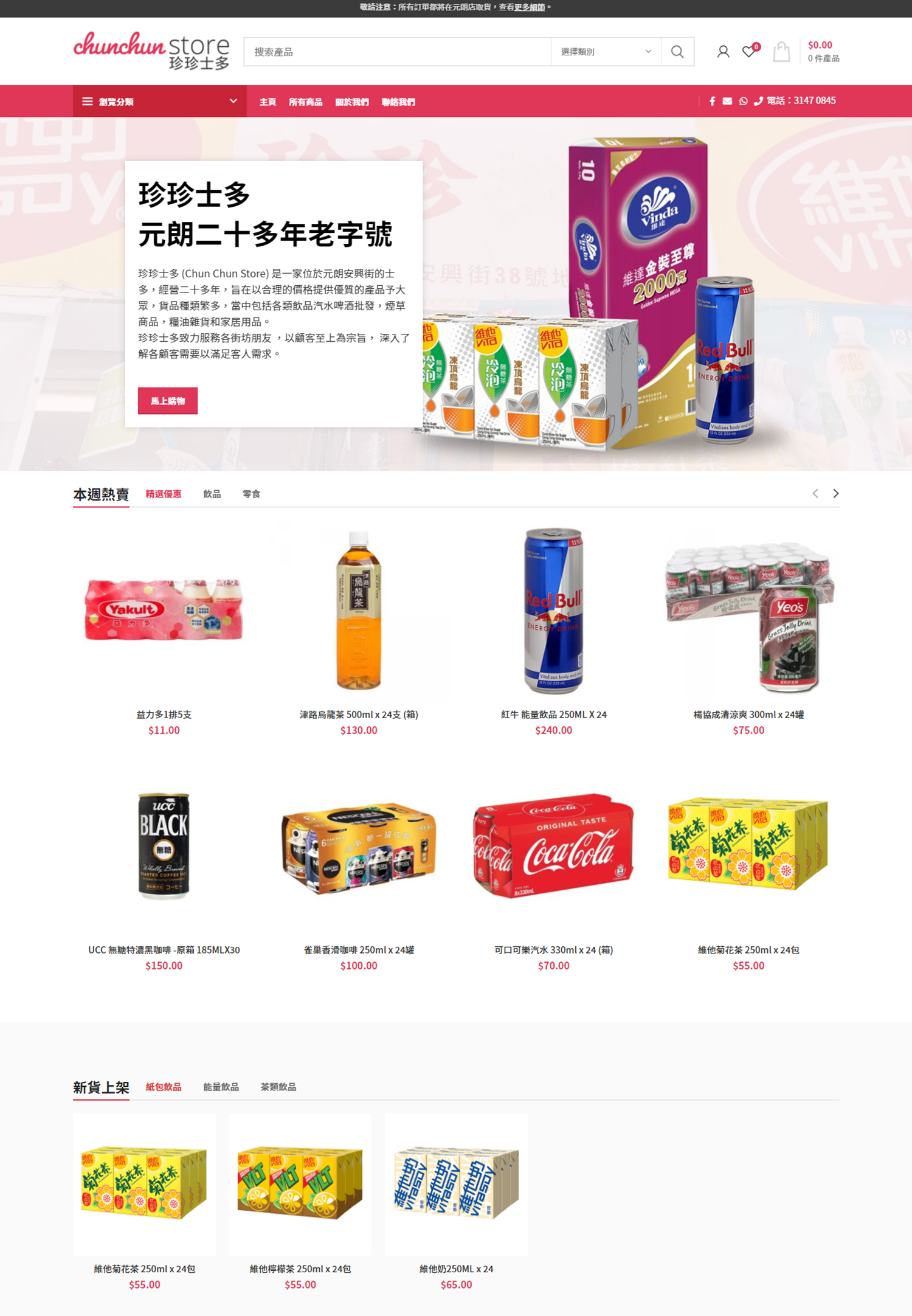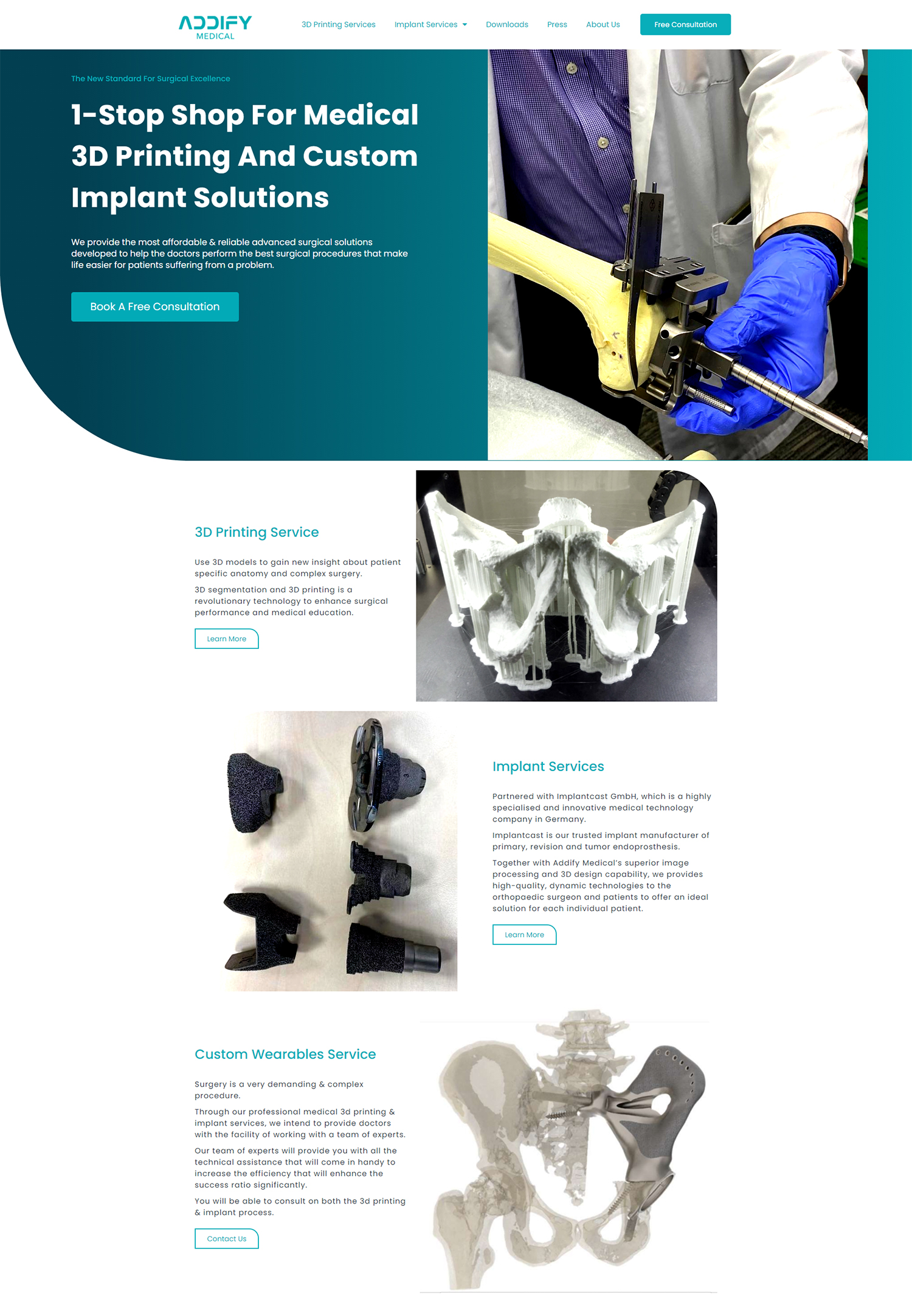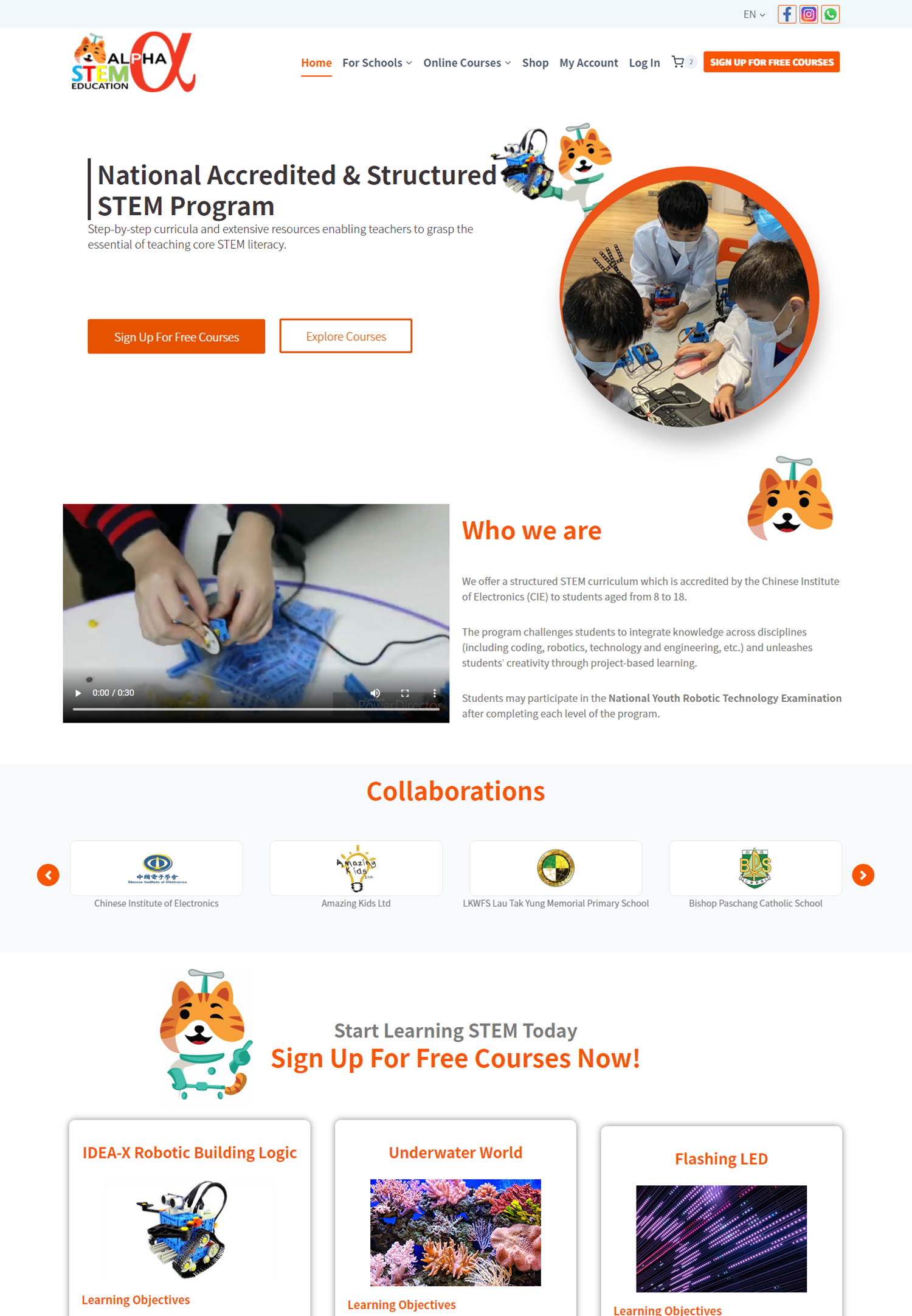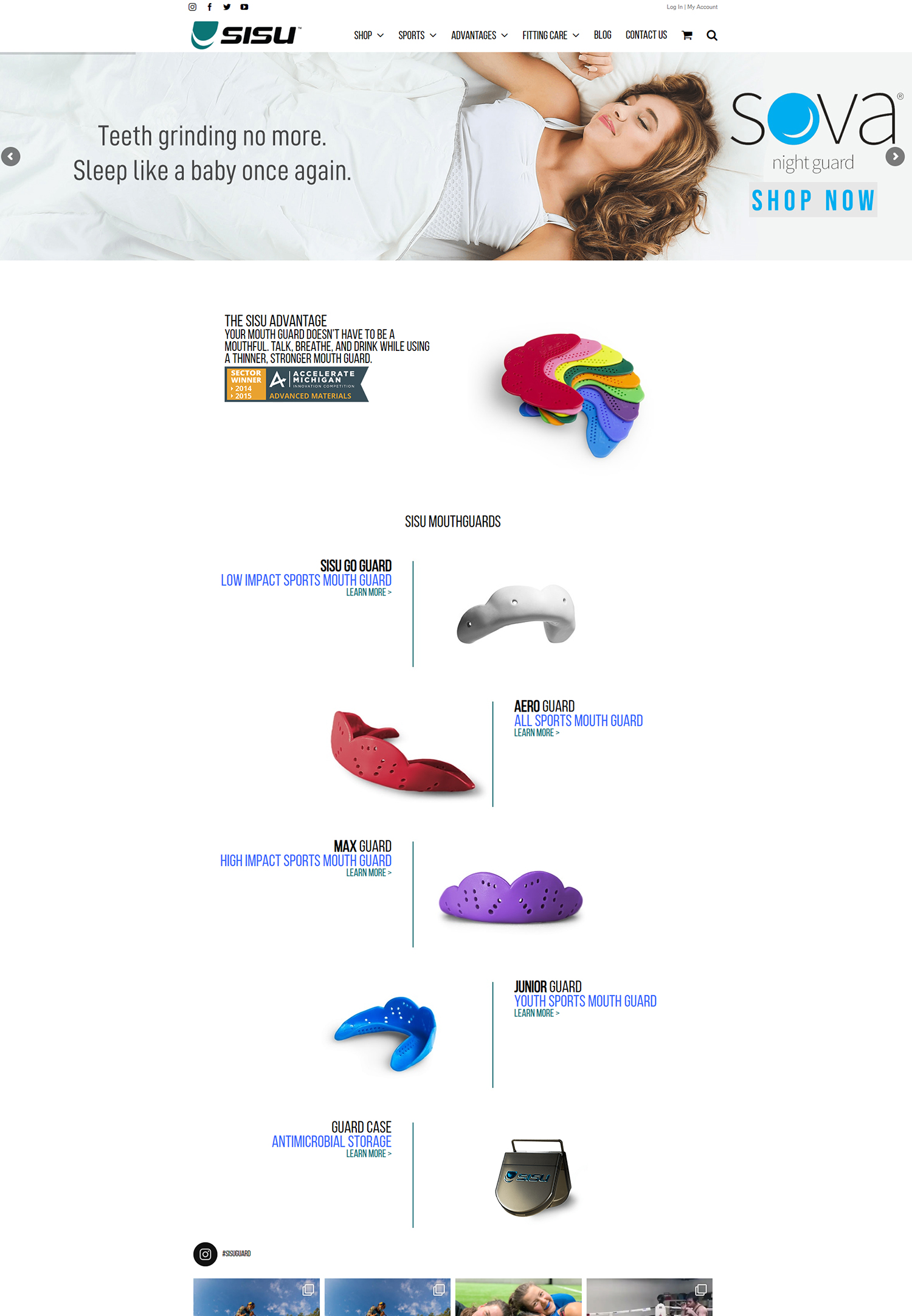Digital marketing encompasses a wide array of strategies and techniques aimed at promoting products or services through digital channels. Unlike traditional marketing, which relies on print media, television, and radio, digital marketing leverages the internet and electronic devices to reach consumers. This includes a variety of platforms such as websites, social media, email, and search engines.
The primary goal is to connect with potential customers where they spend a significant amount of their time—online. Understanding the fundamentals of digital marketing is crucial for businesses looking to thrive in an increasingly digital world. At its core, digital marketing is about creating a connection between a brand and its audience.
This connection is facilitated through various forms of content, including text, images, videos, and interactive elements. Each of these content types serves a specific purpose, whether it’s to inform, entertain, or persuade. The effectiveness of digital marketing lies in its ability to target specific demographics and track user behavior in real-time.
This data-driven approach allows businesses to refine their strategies continuously, ensuring that they meet the evolving needs of their customers.
Key Takeaways
- Digital marketing encompasses a wide range of online marketing activities, including social media, SEO, email marketing, and content marketing.
- A successful digital marketing strategy for small businesses involves setting clear goals, identifying target audience, and choosing the right digital channels to reach them.
- Social media marketing allows businesses to engage with their target audience, build brand awareness, and drive website traffic through platforms like Facebook, Instagram, and Twitter.
- Implementing SEO tactics such as keyword optimization, link building, and website optimization can help small businesses improve their online visibility and attract more organic traffic.
- Email marketing is an effective way to nurture customer relationships, drive sales, and retain customers through personalized and targeted email campaigns.
Creating an Effective Digital Marketing Strategy for Your Small Business
Developing a robust digital marketing strategy is essential for small businesses aiming to compete in a crowded marketplace. The first step in this process is to define clear objectives. These objectives should be specific, measurable, achievable, relevant, and time-bound (SMART).
For instance, a small business might aim to increase website traffic by 30% over the next six months or grow its social media following by 50% within a year. Establishing these goals provides a roadmap for all subsequent marketing efforts. Once objectives are set, the next phase involves identifying the target audience.
Understanding who your customers are—demographics such as age, gender, location, and interests—enables you to tailor your marketing messages effectively. Conducting market research can provide valuable insights into customer preferences and behaviors. This information can be gathered through surveys, social media analytics, and website data.
With a clear understanding of your audience, you can select the most appropriate digital channels to reach them, whether it’s through social media platforms like Instagram and Facebook or via email newsletters.
Utilizing Social Media Marketing to Reach Your Target Audience
Social media marketing has emerged as one of the most powerful tools for engaging with customers and building brand loyalty. Platforms such as Facebook, Instagram, Twitter, and LinkedIn offer unique opportunities for businesses to connect with their audience on a personal level. The key to successful social media marketing lies in creating content that resonates with your target demographic.
This could include eye-catching visuals, informative posts, or entertaining videos that encourage sharing and interaction. Engagement is a critical component of social media marketing. Businesses should not only post content but also actively engage with their audience by responding to comments, participating in discussions, and sharing user-generated content.
For example, a small bakery might showcase customer photos of their cakes on Instagram while thanking them for their support. This not only fosters community but also encourages others to share their experiences with the brand. Additionally, utilizing paid advertising on social media can amplify reach and target specific audiences based on their interests and behaviors.
Implementing Search Engine Optimization (SEO) to Increase Online Visibility
| Metrics | Data |
|---|---|
| Organic Traffic | 20% increase |
| Keyword Ranking | Top 3 positions for 70% of targeted keywords |
| Click-Through Rate (CTR) | Improved by 15% |
| Page Load Speed | Reduced by 25% |
| Backlinks | Increased by 30% |
Search Engine Optimization (SEO) is a vital aspect of digital marketing that focuses on improving a website’s visibility on search engines like Google. When potential customers search for products or services online, they typically do not look beyond the first page of search results. Therefore, optimizing your website for search engines is crucial for attracting organic traffic.
This involves a combination of on-page and off-page strategies. On-page SEO includes optimizing website content with relevant keywords that potential customers are likely to use in their searches. This means conducting keyword research to identify high-traffic terms related to your business and incorporating them naturally into your website’s content, meta descriptions, and headers.
Additionally, ensuring that your website is mobile-friendly and has fast loading times can significantly enhance user experience and improve search rankings. Off-page SEO involves building backlinks from reputable websites to establish authority and credibility in your industry.
Leveraging Email Marketing to Engage and Retain Customers
Email marketing remains one of the most effective channels for nurturing leads and retaining customers. Unlike social media platforms where algorithms dictate visibility, email allows businesses to communicate directly with their audience. Building an email list should be a priority for any small business; this can be achieved through sign-up forms on your website or offering incentives such as discounts or exclusive content.
Once you have an email list, segmenting your audience based on their preferences or behaviors can lead to more personalized communication. For instance, sending tailored offers to customers who have previously purchased specific products can increase conversion rates significantly. Additionally, regular newsletters that provide valuable content—such as tips, industry news, or product updates—can keep your brand top-of-mind for customers.
The key is to maintain a balance between promotional content and value-driven information to avoid overwhelming subscribers.
Using Content Marketing to Establish Your Brand as an Industry Leader
Content marketing is an essential strategy for establishing authority within your industry while providing value to your audience. By creating high-quality content that addresses the needs and interests of your target market, you can position your brand as a trusted resource. This could take the form of blog posts, whitepapers, infographics, podcasts, or videos that educate or entertain.
For example, a small financial consulting firm might produce a series of blog posts that demystify complex financial concepts for small business owners. By consistently delivering valuable insights and practical advice, the firm not only attracts potential clients but also builds credibility in its field. Additionally, incorporating SEO best practices into your content can enhance visibility and drive organic traffic to your website.
Sharing this content across social media platforms further amplifies reach and encourages engagement.
Incorporating Paid Advertising to Expand Your Reach
While organic strategies are essential for long-term growth, incorporating paid advertising can provide immediate visibility and reach a broader audience quickly. Platforms like Google Ads and social media advertising allow businesses to target specific demographics based on various criteria such as location, interests, and online behavior. This targeted approach ensures that your ads are seen by individuals who are more likely to convert into customers.
For instance, a local gym might use Facebook Ads to promote a limited-time offer for new memberships targeting individuals within a certain radius who have shown interest in fitness-related content online. By setting a budget and monitoring ad performance closely, businesses can optimize their campaigns for better results over time. A/B testing different ad creatives or messaging can also provide insights into what resonates best with your audience.
Measuring and Analyzing the Success of Your Digital Marketing Efforts
To ensure that your digital marketing efforts are effective, it is crucial to measure and analyze performance regularly. Various tools such as Google Analytics provide valuable insights into website traffic patterns, user behavior, and conversion rates. By tracking key performance indicators (KPIs) such as click-through rates (CTR), return on investment (ROI), and customer acquisition costs (CAC), businesses can assess the effectiveness of their strategies.
Regularly reviewing this data allows businesses to identify what works well and what needs improvement. For example, if email campaigns show low open rates, it may be time to re-evaluate subject lines or send times. Similarly, if certain social media posts generate high engagement while others do not perform as expected, analyzing the differences can inform future content strategies.
Continuous optimization based on data-driven insights ensures that digital marketing efforts remain aligned with business goals and customer needs.






























